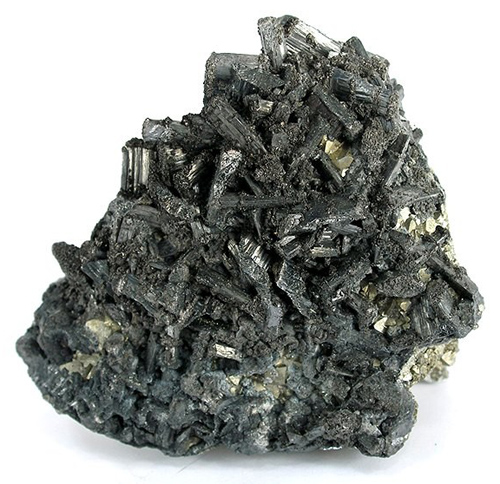The Mineral luzonite

Luzonite is named after its occurrence in Mancayan, Luzon Island, in the Philippines, which is the
type locality for this mineral.
Color
Metallic gray with red or pink overtones
Crystal System
Tetragonal
Properties
Streak
Black |
Hardness
3.5 |
Transparency
Opaque |
Specific Gravity
4.4 - 4.6 |
Luster
Metallic |
Cleavage
2,1;3,2 |
Fracture
Uneven |
Tenacity
Brittle |
Noteworthy Localities
Luzonite is not a common mineral, and good examples are found in only a few localities. The best examples of this mineral come from Taiwan at the Jinguashi Mine, Ruifang District, New Taipei City. Well-formed Luzonite microcrystals come from the Clara Mine, Oberwolfach, Baden-Württemberg, Germany. The original occurrence of this mineral is from the Lepanto mine, Mankayan, Luzon Island, Philippines.